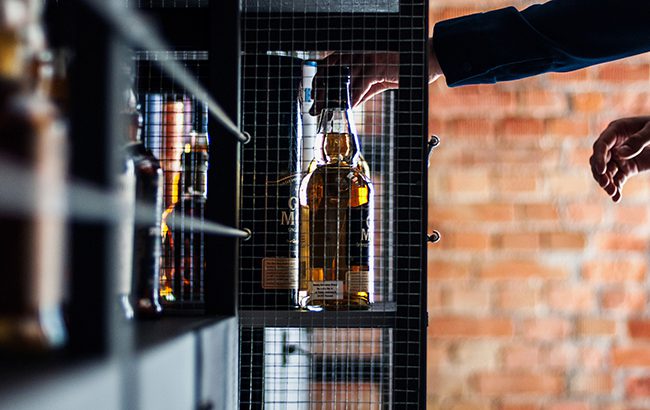Scotch auction sales fall by 53%
By Lauren BowesBetween October 2024 and January 2025 (Q4 2024), the value of single malt Scotch whisky at auction fell by 53% compared with the year prior.

According to the 10th Whisky Intelligence Report from Noble & Co, volumes also fell by 21% compared with the previous year.
The value drop was attributed to ‘a consistent downtrend in average bottle prices’, in particular for bottles over £10,000 (US$13,315).
It attributed this change to ‘top-end buyers and owners either stepping back or withholding stock’.
In Q4, mid-tier and lower-value whiskies dominated the share of sales by both volume and value.
The report added that fewer lots are going unsold, which suggests ‘supply is contracting even faster than demand’.
In January 2025, average prices were up by 5% compared with January 2024. However, October was down by 49%, November by 53% and December by 35%.
Bottles selling for more than £1,000 (US$1,332) represented 62.6% of value in 2023. In 2024, that figure shrank to 40.8%. Noble & Co suggested this is due to ‘caution from high-end collectors’ as well as ‘less supply as sophisticated collectors hold on to their bottles rather than realise current market prices’.
Meanwhile, bottles selling for under £1,000 increased from 37.4% of the total market to 59.2%.
Leading Scotch brands at auction
The report also compiled the leading Scotch brands at auction.
As in the previous report, The Macallan led in both value and volume, however its lead shrunk ‘slightly’.
The full list of 13 brands has remained the same for the past two years. In order by value, those are: The Macallan, Springbank, Bowmore, Ardbeg, Glenfarclas, Laphroiag, The Balvenie, The Glendronach, Highland Park, Lagavulin, Port Ellen, Glenfiddich and Brora.
The most expensive bottle sold at auction in Q4 was The Macallan Lalique 60-year-old, which had a winning bid of £47,387.10 (US$63,085). This was followed by a further eight Macallans. A 42-year-old Bowmore Black from 1964 rounded out the top 10 at £16,240 (US$21,623).
By region, Speyside still leads in value, taking 52% of the share. However, this was a fall on Q4 2023, when it held 64% of the value market. Its volumes also fell by 32%.
Speyside’s lost share was taken by the rest of the regions. Islay jumped from 13% to 17% of value. Highland whiskies went from 13% to 16% and Lowland from 2% to 3%.
Campbeltown went from 8% to 12%, and was the only region to see volumes increase, by 4%.
The report also noted the presence of independent bottlers, which it claimed distilleries see as a ‘channel to market to offset weakness in their own branded goods sales’. It added: “We are not convinced this will hold, as the end consumer is suffering regardless of the route to them.”
In terms of independent bottlers on the secondary market, That Boutique-y Whisky Company and The Whisky Agency performed best, seeing volumes grow by 100%.
There were volume declines for the Scotch Malt Whisky Society, Gordon & Macphail and Elixir Distillers.
Related news
The Singleton: setting the pace for a new generation of Scotch drinkers
